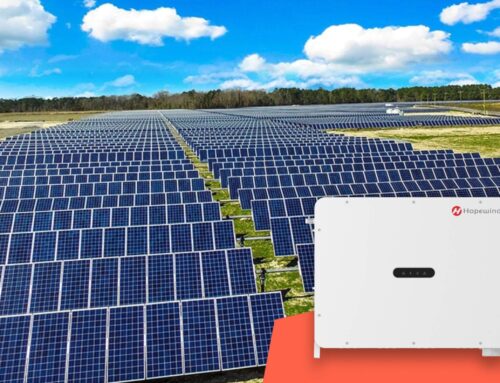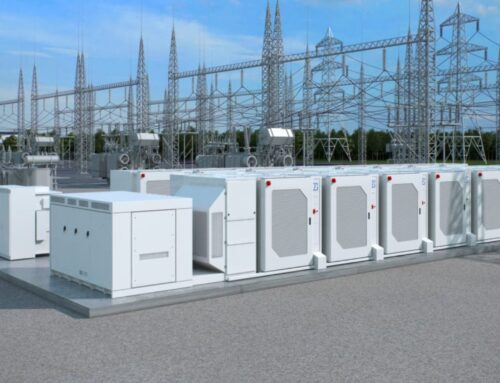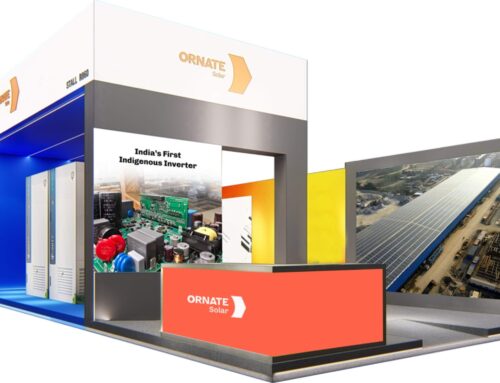

Building-integrated photovoltaics (BIPV) have become a smart option for adding solar energy directly into a building’s design as the world moves towards more sustainable energy solutions. Whether you’re an architect, builder, or just interested in sustainable design, see how BIPV reduces energy consumption and improves the building’s look, combining practicality with style.
Wondering about BIPV systems? Check out these frequently asked questions to learn how they work and why they’re quickly gaining popularity.
BIPV refers to photovoltaic solar systems integrated into the building’s structure, roof, facade, or windows. Unlike traditional solar panels, BIPV systems replace conventional building materials while also generating electricity. This integration makes them both functional and aesthetically appealing.
BIPV systems generate electricity like traditional solar panels, but they are designed to blend smoothly into a building’s architecture. The solar cells in BIPV modules capture sunlight and convert it into electricity, which can be used to power the building. This integration helps lower energy costs and boosts the building’s overall energy efficiency.
BIPV systems are versatile and suitable for various building types, from residential to commercial and industrial structures. Whether retrofitting or designing new buildings, BIPV can be customized to fit the project.
- Residential: Integrated into roofs or windows to reduce energy costs without affecting design.
- Commercial: Combines aesthetics with energy savings in offices and retail spaces.
- Architectural: Supports energy-efficient walls, skylights, and shading that also generate solar power.
One of the key benefits of BIPV is the flexibility in design. BIPV modules can be customized in size, shape, and color to suit the architectural needs of a building. From glass facades and roof tiles to custom-shaped modules, BIPV can be tailored to virtually any design requirement, ensuring that aesthetic goals and energy efficiency are both achieved.
The main difference between PV (Photovoltaics) and BIPV (Building-Integrated Photovoltaics) is how and where they are incorporated into a building or structure:
- PV (Photovoltaics): Solar panels installed on rooftops or other separate locations to generate electricity.
- BIPV (Building-Integrated Photovoltaics): Solar panels integrated into the building’s design, replacing traditional materials like roofs or facades while also generating electricity.
Yes! BIPV systems are highly adaptable and can be manufactured to meet various design specifications, including curved surfaces. Whether your building requires a flat roof or an undulating facade, BIPV modules can be customized to match these contours, providing both functional solar power generation and a unique architectural element.
One of the most exciting features of BIPV technology is the ability to create semi-transparent solar panels. These panels can be integrated into windows or facades, allowing natural light to enter while maintaining energy efficiency and visual appeal. The level of transparency can be adjusted, offering flexibility from nearly opaque to fully transparent designs.
BIPV modules come in a variety of colors, from classic black and grey to vibrant shades like red, green, and beige. Color customization is made possible through advanced techniques like glass printing or colored foils, allowing architects to select the ideal color to complement their building’s design and energy needs.
Most BIPV systems use high-performance crystalline solar cells, including monocrystalline, polycrystalline, and bifacial cells. These cells are chosen for their reliability and energy efficiency. BIPV modules can be customized to provide the best balance between energy yield and aesthetic preference, with bifacial modules even capturing sunlight from both sides to increase efficiency.
BIPV systems offer significant energy savings by providing renewable energy directly from the building itself. The amount of electricity generated depends on factors such as the location, orientation, and size of the system. On top of reducing electricity bills, BIPV systems can contribute to a building’s overall energy rating and sustainability goals, helping it meet green building standards and certifications.
BIPV modules are designed to be robust and durable, offering long-term performance. Made with toughened glass and insulating materials, these systems are built to withstand weather elements, including wind, rain, and snow. With proper installation and maintenance, BIPV systems can last for decades, making them a wise long-term investment.
While the initial installation cost of BIPV systems can be higher than traditional solar panels, the long-term energy savings and added value to your building can offset this. The price varies depending on factors like module size, building integration, and customization. However, BIPV systems are increasingly becoming more affordable as technology advances and more projects demonstrate their value.
BIPV systems are low-maintenance by design. Since they are integrated into the building structure, they are less vulnerable to external damage compared to traditional solar panels, which can be affected by environmental wear. Typically, periodic cleaning to remove dirt and debris, along with regular inspections, is all that’s needed to keep the system running efficiently.
About Ornate Solar
Ornate Solar is a leading solar company with 10 years of experience in the industry and the mission to reimagine the way solar is installed worldwide.
By not only partnering with the best-in-class solar brands but also developing our high-quality solutions, (panels, solar inverter, accessories, InRoof), we develop and deliver solutions that are modern, reliable, and effective.
If you are looking for high-quality solar solutions, reach out to us at 011 43536666 to discuss your options.






Leave A Comment